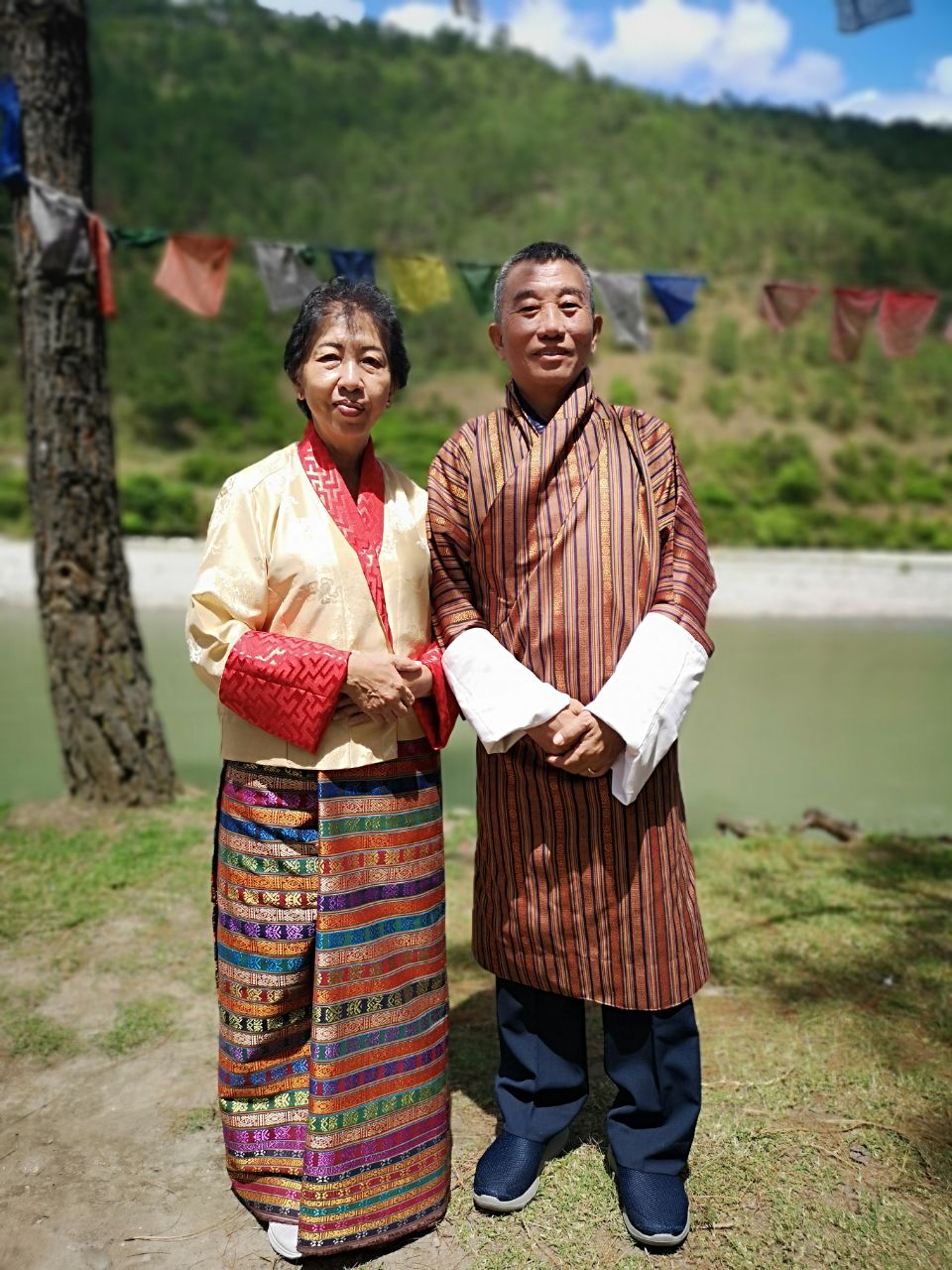BHUTAN
Travelog
Bhutanese Culture and Etiquette: A Guide for Travellers

Bhutan, the Land of the Thunder Dragon, is a country deeply rooted in tradition, spirituality, and community values. Its culture, shaped by centuries of Buddhist influence, offers a unique experience for visitors. Whether you're planning a trip to Bhutan or simply curious about its customs, understanding Bhutanese culture and etiquette will help you appreciate and respect this extraordinary kingdom.
The Essence of Bhutanese Culture
1. Gross National Happiness (GNH)
One of the defining aspects of Bhutanese culture is the philosophy of Gross National Happiness (GNH). Unlike other nations that prioritise economic growth, Bhutan focuses on the well-being and happiness of its people. This philosophy influences governance, policies, and everyday life, making Bhutan a unique place to visit.
2. Religion and Spirituality
Bhutan is a deeply spiritual country, with Vajrayana Buddhism being the predominant religion. Monasteries, stupas, and prayer flags dot the landscape, symbolising the Bhutanese people's devotion. Visitors are encouraged to observe religious practices respectfully, such as walking clockwise around sacred sites and removing shoes before entering temples.
3. Traditional Dress
The Bhutanese take great pride in their traditional attire. Men wear the gho, a knee-length robe tied with a belt, while women wear the kira, a full-length dress paired with a short jacket called a toego. Government workers, schoolchildren, and monks wear these outfits daily, and visitors may be required to dress modestly when visiting religious sites.
Driglam Namzha: The Bhutanese Code of Etiquette
1. What is Driglam Namzha?
Driglam Namzha is Bhutan’s traditional code of etiquette, guiding social behaviour, dress, and respect for authority. It was introduced by Bhutan’s founder, Zhabdrung Ngawang Namgyel, and continues to shape Bhutanese society today. This code of conduct encompasses physical, verbal, and mental disciplines, ensuring harmony in social interactions.
2. Physical Discipline
-
Clothing: Men wear the gho, while women wear the kira, demonstrating national identity and respect for tradition.
-
Kabney and Rachu: When visiting dzongs (fortresses), temples, or offices, men must wear a kabney, a white silk sash draped from the left shoulder to the right hip, while women wear a rachu, an embroidered cloth over the left shoulder.

3. Verbal Discipline
-
Bhutanese speech is respectful and polite, avoiding loud tones and harsh language.
-
Honorifics are used to show respect, especially when addressing elders or authority figures.
4. Mental Discipline
-
Practising mindfulness, compassion, and self-control is integral to Bhutanese etiquette.
-
This inner discipline influences actions, fostering social harmony and mutual respect.
Etiquette in Bhutan
1. Greetings and Interactions
Bhutanese people are warm and welcoming. The common way to greet someone is with a slight bow and a "Kuzuzangpo la", meaning "hello." Physical contact, such as handshakes or hugs, is not as common, particularly between opposite genders. Instead, a respectful nod is preferred.

2. Visiting Monasteries and Religious Sites
-
Remove your shoes and headgear before entering temples or dzongs (fortresses).
-
Dress modestly, covering shoulders and knees.
-
Avoid pointing at religious objects or stepping over them.
-
Always walk clockwise around chortens (stupas) and prayer wheels.
-
Do not take photographs inside temples unless permitted.
3. Dining Etiquette
-
Meals in Bhutan are often served family-style, and it is polite to wait until the eldest person starts eating before beginning your meal.
-
Bhutanese people traditionally eat with their hands, though cutlery is available in most places.
-
When accepting food or passing objects, use both hands or your right hand, as the left is considered unclean.
-
It is customary to say "Meshu meshu" if you are full and cannot eat more, but be prepared to receive gentle insistence to have a little more!
4. Respecting Personal and Public Spaces
-
Avoid loud behaviour, as Bhutanese culture values serenity.
-
Do not touch someone's head, as it is considered sacred.
-
Do not point your feet at people or religious objects, as feet are considered the lowest part of the body.
-
Public displays of affection, such as kissing and hugging, are discouraged.
5. Gift-Giving Customs
If you are invited to a Bhutanese home, bringing a small gift such as fruits, sweets, or souvenirs from your home country is a thoughtful gesture. Gifts are often received with both hands, and it is polite for the recipient to set them aside rather than open them immediately.
Festivals and Celebrations
Bhutan is famous for its tshechus, vibrant religious festivals held in various dzongs and monasteries throughout the year. These festivals feature masked dances, music, and traditional performances that celebrate Buddhist teachings. Some of the most famous tshechus include:
-
Paro Tshechu (March/April)
-
Thimphu Tshechu (September/October)
-
Punakha Drubchen (February/March)

Attending a tshechu is a fantastic way to experience Bhutanese culture firsthand, but remember to dress respectfully and follow local customs.
Bhutan’s rich culture and traditions make it one of the most fascinating destinations in the world. By understanding and respecting Bhutanese etiquette, visitors can forge meaningful connections with locals and immerse themselves in the kingdom’s unique way of life. Whether you are exploring ancient monasteries, sharing a meal with a Bhutanese family, or attending a colourful festival, embracing these customs will enhance your experience in this magical land.
Check out Everything You Need to Know Before Going to Bhutan.
Follow Druk Asia on social media for inspiring travel stories, breathtaking photos, and the latest updates from Bhutan.
Ready to Experience the Magic of Bhutan?
Fill in the form below and the friendly Bhutan Travel Specialist team will get back to you with expert advice, itinerary ideas, and everything you need to know. No obligations, just warm guidance from those who know Bhutan best.
Thank you for your message!
Hang tight—one of our friendly Bhutan Travel Specialists from Druk Asia will be reaching out soon with expert tips, insider advice, and exciting itinerary ideas to help you plan the adventure of a lifetime!
Discover
Breathtaking
Bhutan.
Thank you for subscribing!
You have successfully subscribed to our newsletter.




